February 20, 2024
Best Time to Visit Ayodhya – A Complete Guide
CM Content Team

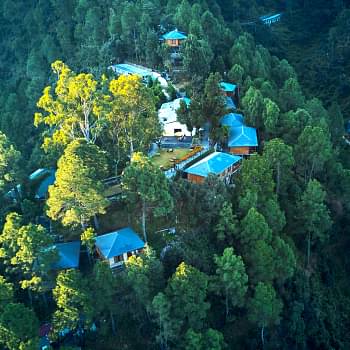
View all
140+
Resorts
February 20, 2024
CM Content Team
Best Time to Visit Ayodhya – A Complete Guide
Ayodhya in Uttar Pradesh is one of India’s most revered spiritual destinations. It holds deep significance in Hindu mythology as the birthplace of Lord Ram. This ancient city is on the banks of the Sarayu River and is a centre of devotion, culture, and history. Ayodhya attracts pilgrims and travellers from across the world with its stunning temples, ghats, and sacred sites.
The best time to visit Ayodhya depends on what you’re looking for—pleasant weather, vibrant festivals, or a peaceful getaway. While winter provides the most comfortable climate for sightseeing, the grandeur of festivals like Diwali and Ram Navami makes certain months extra special for visitors. When travelling to Ayodhya, the best time to visit should be based on the weather, cultural events, and overall travel experience.
In the following sections, we’ll explore Ayodhya in summer, monsoon, and winter, discussing the pros and cons of each season. Additionally, we’ll highlight major festivals and events that could influence your travel plans. Finally, we’ll introduce the best place to stay in Ayodhya for a memorable and comfortable stay—the Club Mahindra Praveg Tent City Ayodhya Brahma Kund Resort.

Recently, this sacred city in Uttar Pradesh featured prominently in the news as the Ram Mandir consecration was held. Due to its profound association with mythology, the city holds an important place in the hearts and minds of people belonging to
the Hindu religion. If you plan to visit this beautiful and holy city, this guide is just for you.
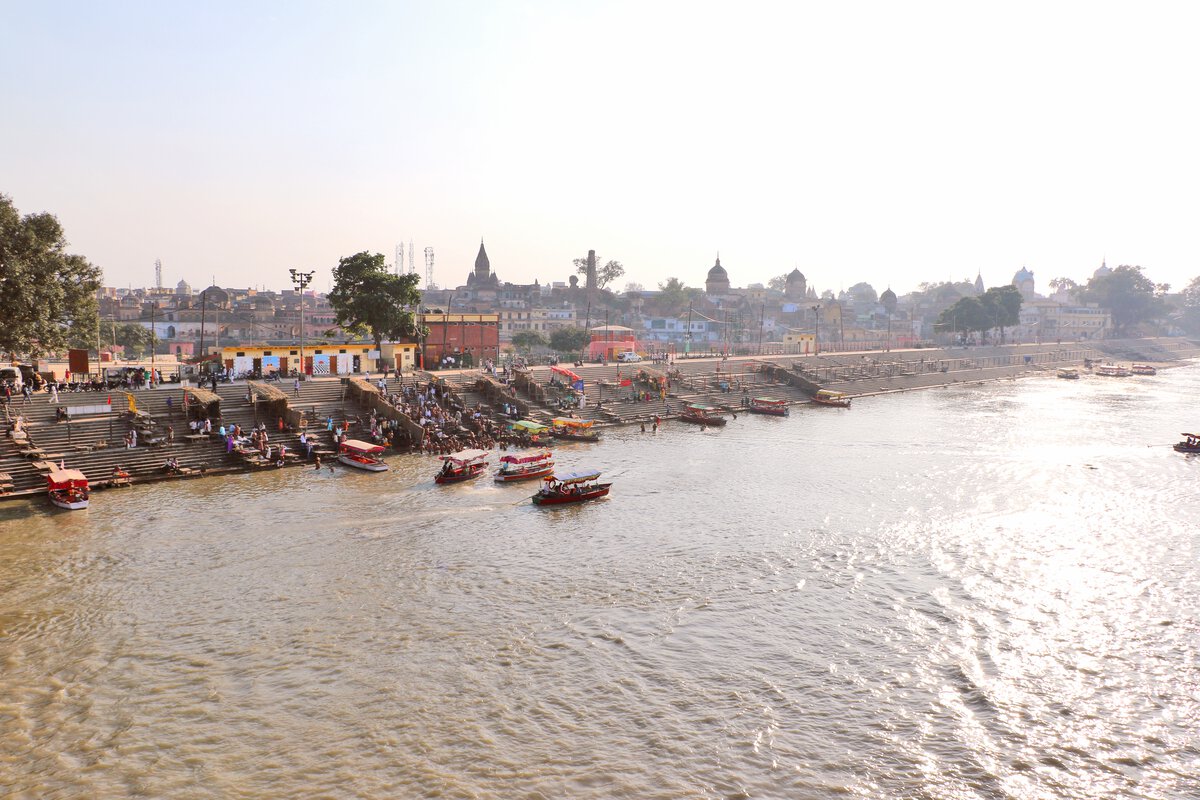
Summer in Ayodhya begins in March and lasts until June, bringing the hot and dry weather typical of North India. Temperatures can rise up to 42°C, making it one of the less favourable seasons for travel. However, for those who don’t mind the heat, visiting during this time has its own advantages.
Pros of Visiting Ayodhya in Summer
Cons of Visiting Ayodhya in Summer
Travel Tips for Visiting Ayodhya in Summer
While summer may not be the best season for everyone to visit Ayodhya, it can still be a good time for budget travellers and those looking for a quieter pilgrimage experience.
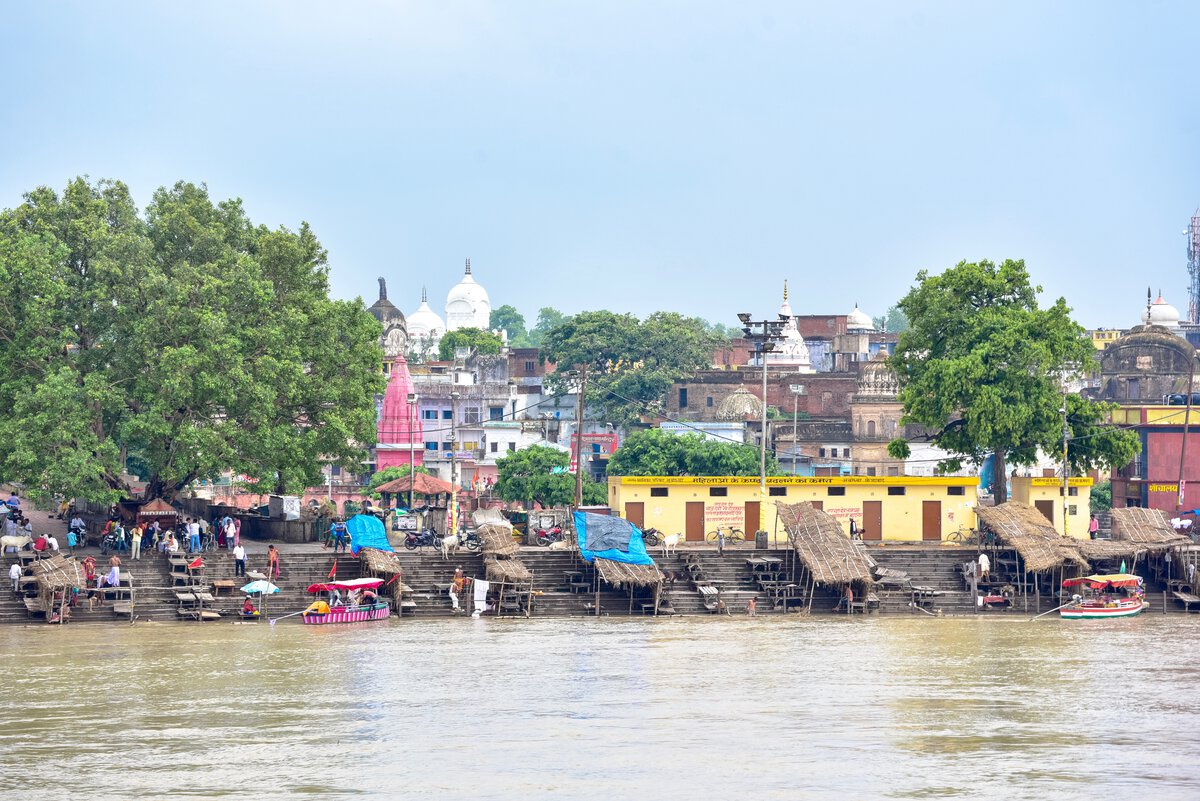
The monsoon season in Ayodhya begins in July and lasts until September, bringing moderate to heavy rainfall. While the showers bring relief from the scorching summer heat, they also come with travel challenges. However, for nature lovers, this season offers a lush, refreshing atmosphere, making Ayodhya look even more serene and beautiful.
Pros of Visiting Ayodhya in Monsoon
Cons of Visiting Ayodhya in Monsoon
Travel Tips for Visiting Ayodhya in Monsoon
When travelling to Ayodhya, the best time to visit might not be monsoon for everyone. But this season offers a peaceful and scenic experience for those who enjoy the rainy season. If you don’t mind carrying an umbrella and walking carefully, you’ll find Ayodhya’s spiritual charm just as enchanting in the monsoon season.
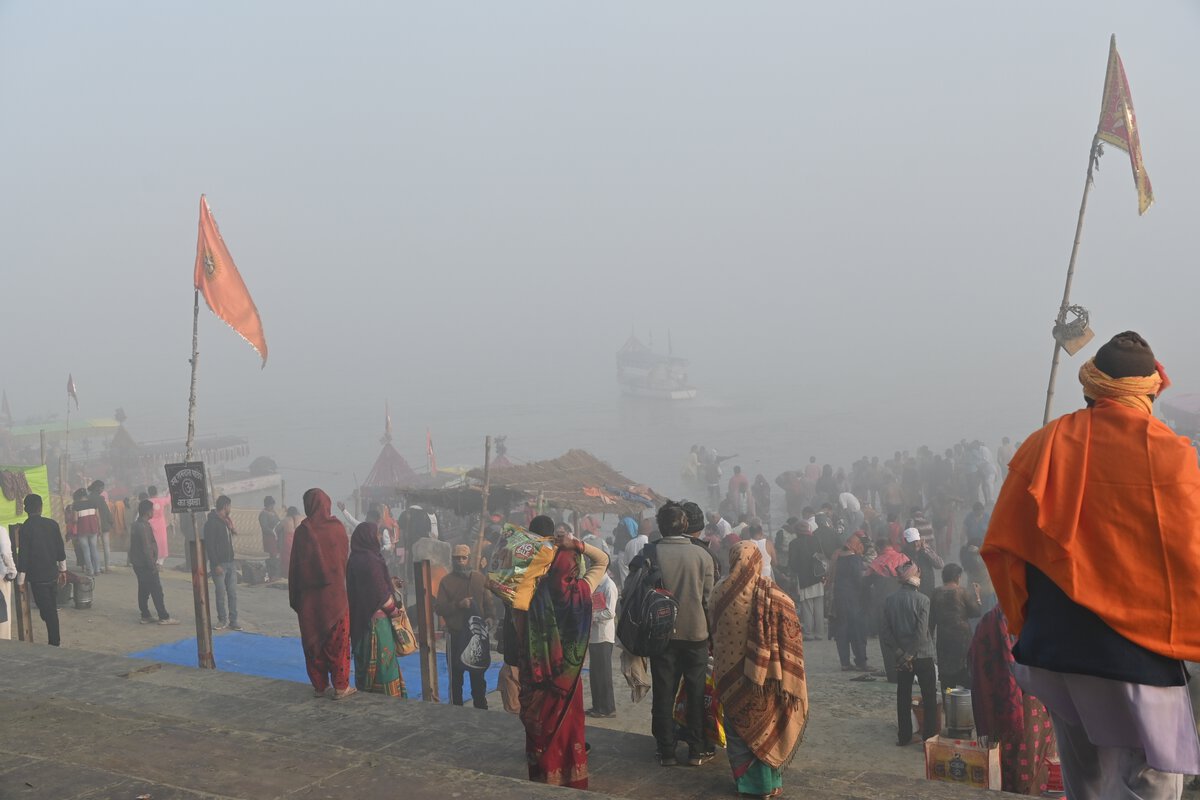
Winter is considered the best time to visit Ayodhya, as the weather remains cool, pleasant, and ideal for exploring the city’s spiritual and historical sites. Temperatures range from 8°C to 25°C, making it the most comfortable season for sightseeing, temple visits, and outdoor experiences.
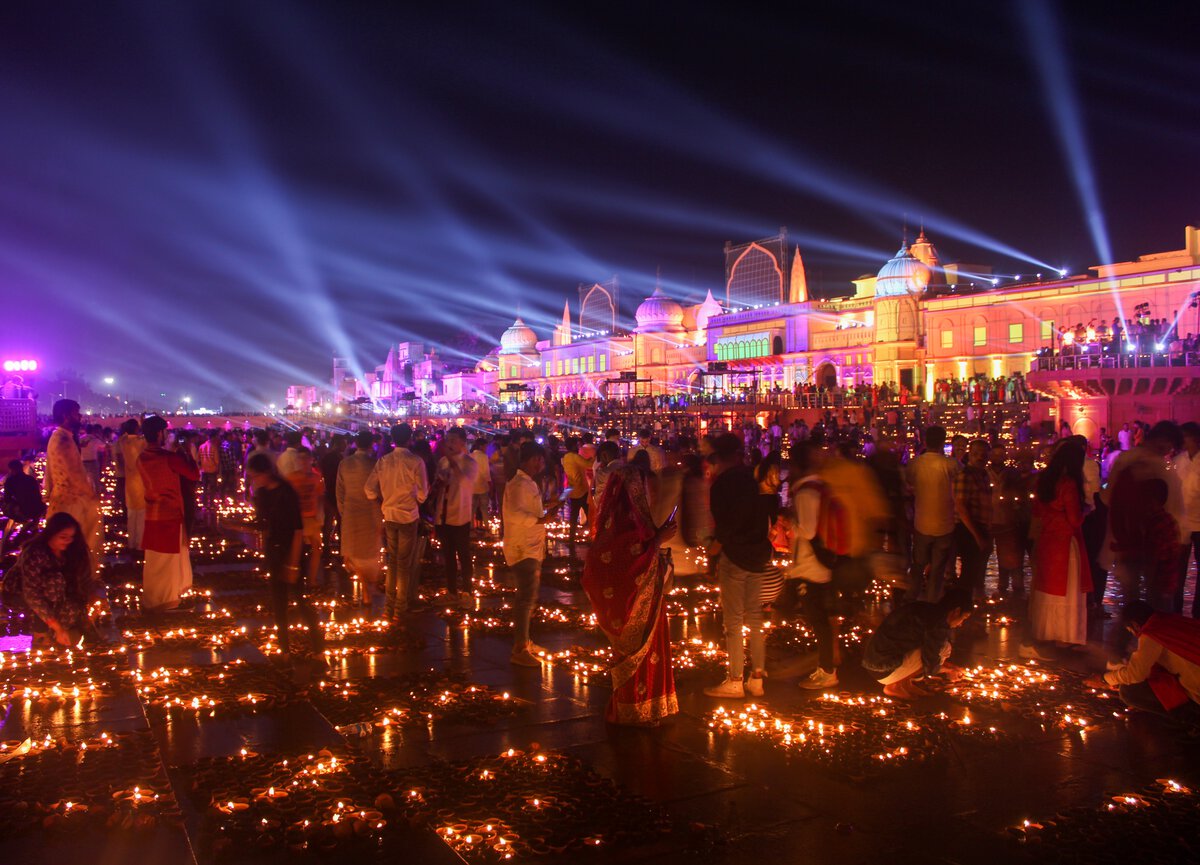
Ayodhya is not just a place of historical and religious significance—it is also a city that comes alive during major festivals and cultural events. If you want to witness Ayodhya in its most vibrant and spiritual form, timing your visit around these festivals will enhance your experience.
One of the best times to visit Ayodhya is during Deepotsav, a grand Diwali celebration that transforms the city into a magical spectacle. The entire city is illuminated with millions of diyas (oil lamps) along the Sarayu River, breaking world records each year.
Highlights:
Ram Navami marks the birth of Lord Ram and is one of Ayodhya’s most significant religious festivals. Devotees from across the country visit temples, take holy dips in the Sarayu River, and participate in grand processions, making it the best time to visit Ayodhya.
Highlights:
Makar Sankranti is another significant festival, during which devotees take a holy dip in the Sarayu River to cleanse their sins and seek blessings. It is believed that bathing in the river on this day brings spiritual purification.
Highlights:
Kartik Purnima, celebrated 15 days after Diwali, is another major event in Ayodhya. Pilgrims gather to light lamps on the ghats and take a holy dip in the Sarayu River.
Highlights:
Ayodhya celebrates Dussehra with grandeur, as it marks Lord Ram’s victory over Ravana. This is the best time to visit Ayodhya and witness large Ram Leela performances in the city.
Highlights:
These festivals add a unique charm to Ayodhya, making it a truly unforgettable destination. However, since these events attract huge crowds, it is recommended to book your stay in advance at a comfortable place like Praveg Tent City Ayodhya Brahma Kund Resort, which offers a serene retreat after a day of festivities.
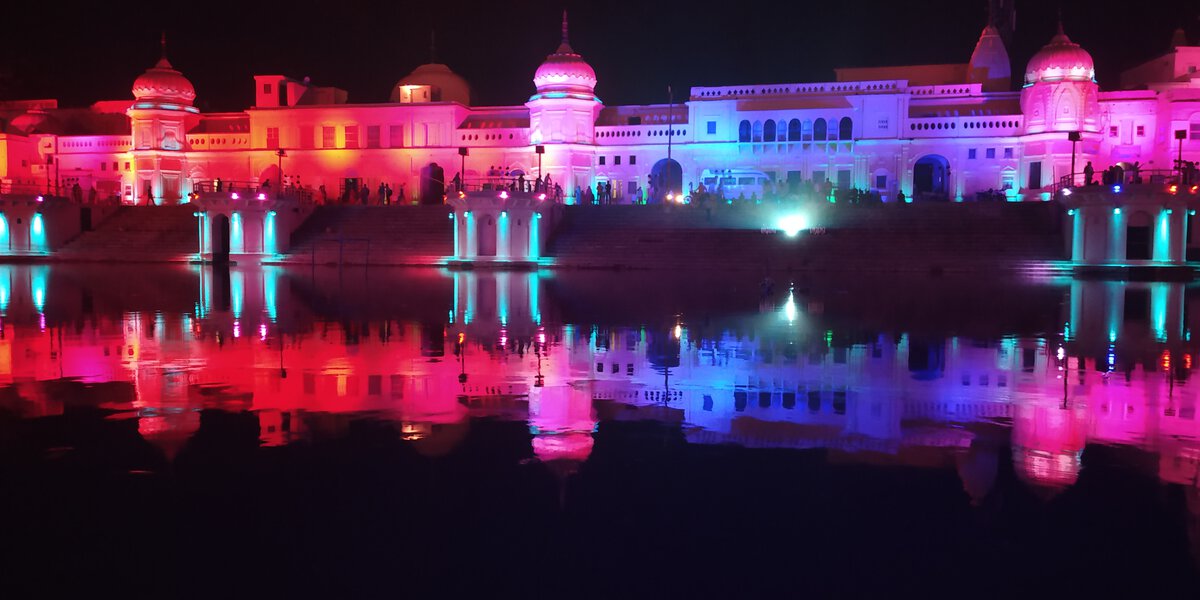
No matter when you visit, Ayodhya’s spiritual essence and rich history make it a rewarding experience throughout the year.
For a comfortable and enriching stay, Praveg Tent City Ayodhya Brahma Kund Resort by Club Mahindra is the perfect choice. Located near Ram Janmabhoomi, Hanuman Garhi, and the Sarayu River, this resort in Ayodhya offers spacious, air-conditioned tents with modern amenities.
This resort ensures a serene and hassle-free experience whether you're visiting Ayodhya in winter, during Diwali or Ram Navami, or exploring any other season to visit Ayodhya.
The best time to visit Ayodhya depends on your preference—winter (October–February) offers pleasant weather, while festivals like Deepotsav and Ram Navami bring the city to life. To make your journey truly hassle-free, consider a Club Mahindra membership, ensuring a comfortable stay not just in Ayodhya but in 140+ stunning destinations across India and abroad. Experience unmatched hospitality and premium stays wherever you travel.
Mahindra Holidays & Resorts India Ltd. (MHRIL), a part of Leisure and Hospitality sector of the Mahindra Group, offers quality family holidays primarily through vacation ownership memberships and brings to the industry values such as reliability, trust and customer satisfaction. Started in 1996, the company's flagship brand ‘Club Mahindra’, today has over 300,000 members , who can holiday at 140+ resorts in India and abroad.
We use cookies to personalise content and to provide you with an improved user experience.By Continuing to browse this site you consent to the use of cookies.Please visit our cookie policy for further details.

Welcome to ClubMahindra.com In order to provide a personalised experience for you, we use cookies to enable some website functionality. Cookies help us see which articles most interest you; allow you to easily share articles on social media channels; permit us to deliver content personalised to your interests and locations; along with many other site benefits. For more information, please review our Cookie Policy
When you visit any website, it may store or retrieve information on your browser, mostly in the form of cookies. This information might be about you, your preferences or your device and is mostly used to make the site work as you expect it to. The information does not usually directly identify you, but it can give you a more personalized web experience. Because we respect your right to privacy, you can choose not to allow some types of cookies. Click on the different category headings to find out more and change our default settings. However, blocking some types of cookies may impact your experience of the site and the services we are able to offer.
Because we respect your right to privacy, you can choose not to allow some types of cookies and you have the right to withdraw your consent by send a mail to email id [email protected]
These cookies are essential in order to enable you to move around the site and use its features, such as accessing secure areas of the site. Without these cookies, services you have asked for cannot be provided.
These cookies allow us to employ data analytics so we can measure and improve the performance of our site and provide more relevant content to you. These cookies don't collect information that identifies a visitor down to an individual level that is available to us. These cookies are not passing personally identifiable information to any external third party other than in limited cases when we engage a service provider to act on our behalf but who is then unable to use the data for their own purposes.
Performance cookies are generally third-party cookies from vendors we work with or who work on our behalf that collect information about your visit and use of the Club Mahindra website, for instance which pages you visit the most often, and if you get error messages from web pages. These cookies don't collect information that identifies a visitor. All information these cookies collect is anonymous and is only used to improve your overall experience on how the website works. Third party vendors may have access to this data and may use it to improve their overall services and offerings.
Functionality cookies allow a site to remember choices you make (such as your user name, language or the region you are in) and provide more enhanced, personal features. These cookies cannot track your browsing activity on other websites. They don't gather any information about you that could be used for advertising or remembering where you've been on the Internet outside our site.
Third-party advertising and social media cookies are used to (1) deliver advertisements more relevant to you and your interests; (2) limit the number of times you see an advertisement; (3) help measure the effectiveness of the advertising campaign; and (4) understand people's behaviour after they view an advertisement. They are usually placed on behalf of advertising networks with the site operator's permission. They remember that you have visited a site and quite often they will be linked to site functionality provided by the other organization. This may impact the content and messages you see on other websites you visit. If you do not allow these cookies you may not be able to use or see certain these sharing tools content on our website.